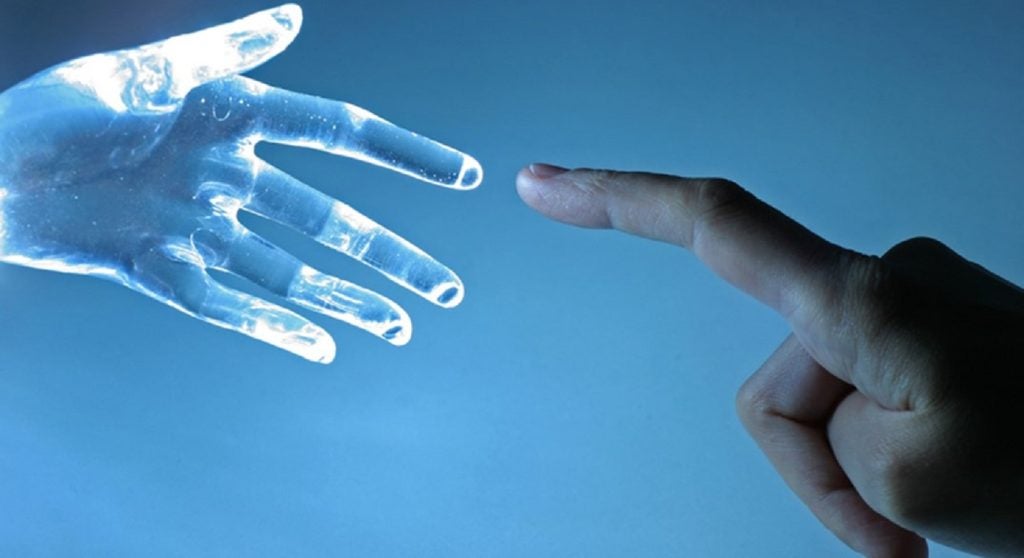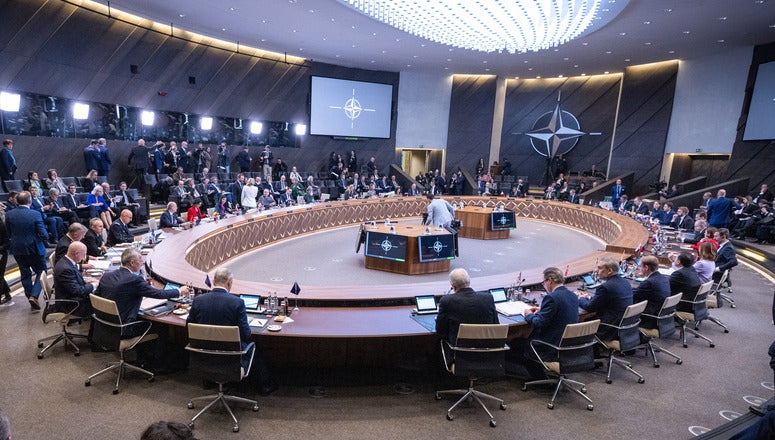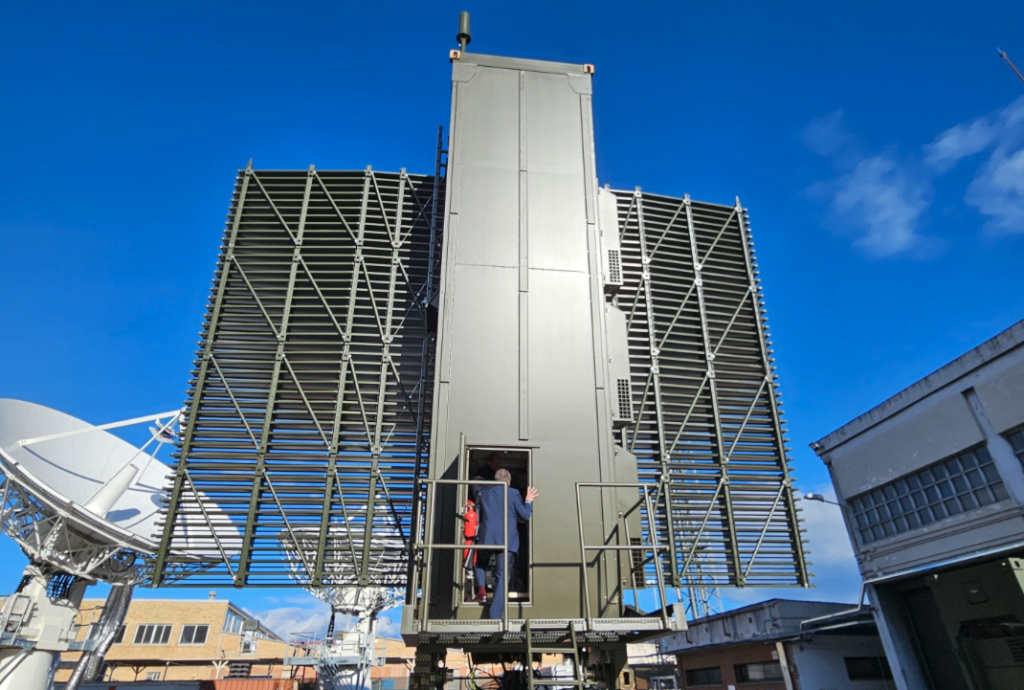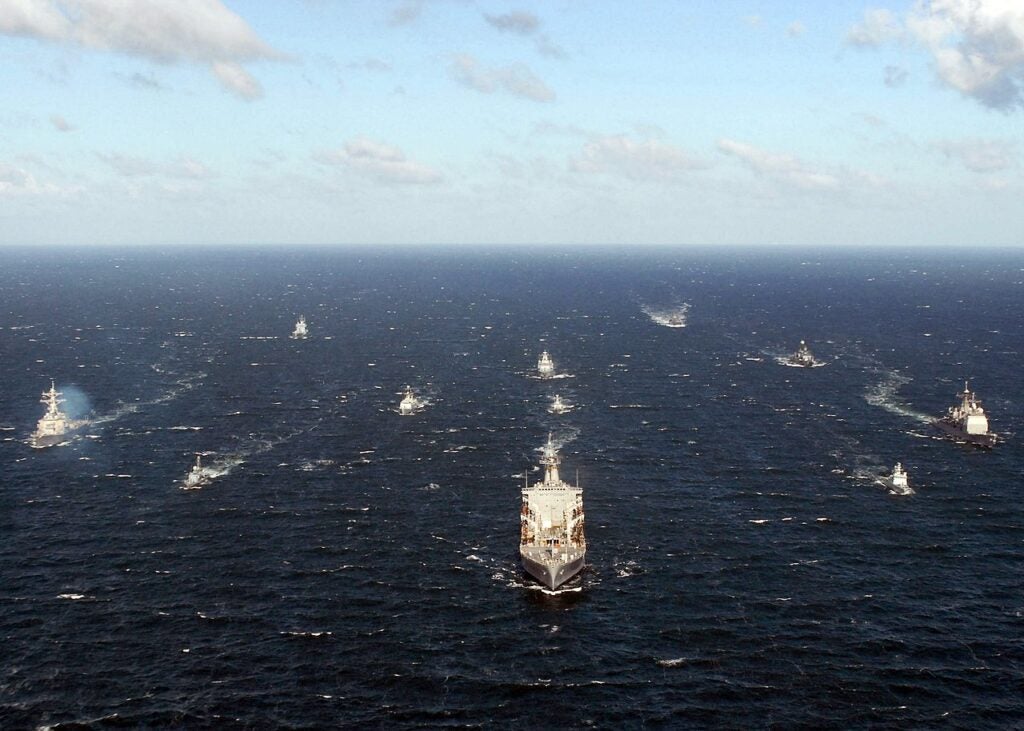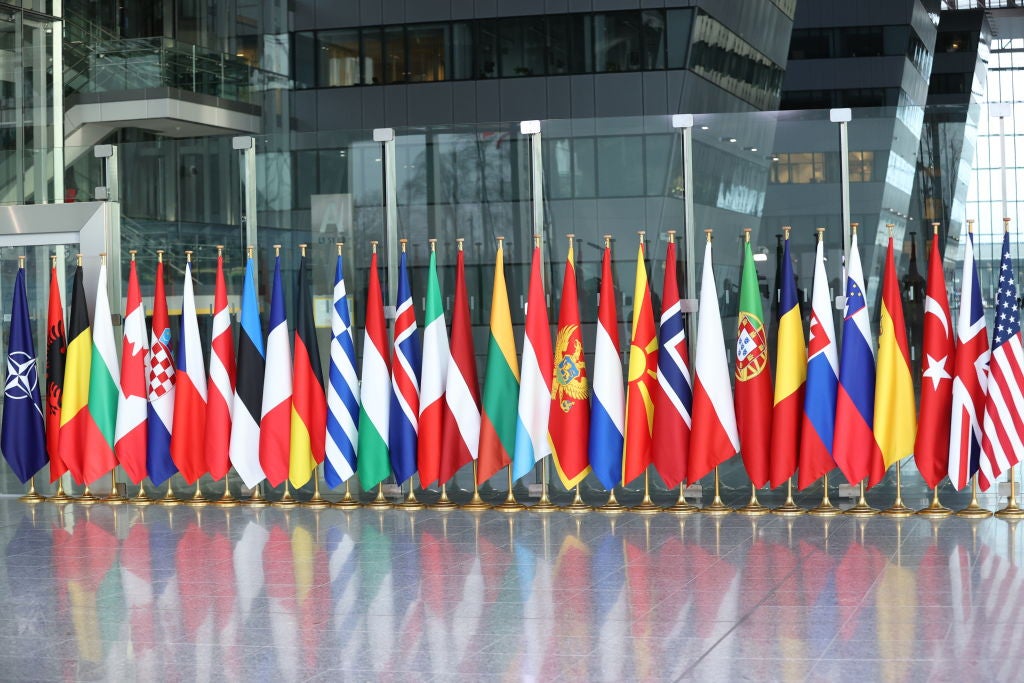
‘Nato’ was a little-talked-about acronym in 2021. In fact, for decades it has hardly been the go-to topic of dinner table conversation. This year, however, the noun seems to be on everyone’s lips, thanks to one Vladimir Putin.
“You promised us in the 1990s that [Nato] would not move an inch to the East. You cheated us shamelessly,” he said at a news conference in December. Since then, Putin has tirelessly invoked ‘Nato aggression’ as one of the reasons – if not the main reason – for his ongoing invasion of Ukraine.
So, what is Nato and why has it expanded so much over the past 30 years?
Is Nato more than just an anti-Soviet pact?
Today, the North Atlantic Treaty Organisation (Nato) is an intergovernmental military alliance among the US, Canada and 28 European countries – but it was not always this large.
In fact, when Nato was first conceived in 1949 there were just 12 members: Belgium, Canada, Denmark, France, Iceland, Italy, Luxembourg, the Netherlands, Norway, Portugal, the UK and the US.
How well do you really know your competitors?
Access the most comprehensive Company Profiles on the market, powered by GlobalData. Save hours of research. Gain competitive edge.

Thank you!
Your download email will arrive shortly
Not ready to buy yet? Download a free sample
We are confident about the unique quality of our Company Profiles. However, we want you to make the most beneficial decision for your business, so we offer a free sample that you can download by submitting the below form
By GlobalDataSee Also:
Born in the aftermath of the Second World War and the early stages of the Cold War, Nato had three clear and interrelated aims: “To keep the Russians out, the Americans in, and the Germans down,” as Stanley Ismay, Nato’s first secretary-general, famously put it.
Keeping the ‘Russian out’ referred to the US’s pillar of Cold War foreign policy: containment. First laid out in 1947, it stated that communism needed to be contained and isolated, or else it would spread to neighbouring countries. Strong military alliances such as Nato were essential to this since an attack against one of its members is considered as an attack against all – the principle of collective defence.
Keeping the ‘Americans in’ related to post-war fears that the US would pull out of western Europe, so to speak, rather than providing the fragile region with the military assurances it so needed – much as it also relied on US money for its economic recovery (through the 1948 Marshall Plan).
Without US military support, it was feared that war-ravaged western Europe could not present the necessary force to deter potential Soviet aggression, or for that matter, keep ‘the Germans down’ too. Although the Nazis had been defeated, fears of revanchism were very real since, just a decade earlier, a Germany defeated in the First World War had rapidly revived its military might. Through Nato, West Germany’s rearmament could be managed by, and bound into, the West (which is why the country joined the pact in 1955).
In short, Nato’s original raison d’être must be understood in the context of both the Cold War and the Second World War, the Soviet Union and Germany. It is not all about Russia.
How did Nato outlast the Cold War?
It is important to remember that the Soviet Union had its own version of Nato, known as the Warsaw Pact, which was founded in 1955. However, when the Cold War came to an end in 1991, the bloc was dissolved. So why wasn’t Nato also disbanded? The answer is a simple one: Germany.
Following the fall of the Berlin War in 1989, the almighty and contentious question of German reunification arose. With the shadow of the Second World War still looming large, many on both sides of the Iron Curtain were deeply worried by the thought of an empowered Germany. One of the staunchest opponents was then UK Prime Minister Margaret Thatcher, who in 1990 famously described the idea of unification as “historical nonsense”.
However, Mikhail Gorbachev, the Soviet Union’s final leader, was more afraid of a neutral Germany, belonging nowhere, than a unified German state that could be anchored in the EU and Nato, explains Professor Kristina Spohr, deputy head of the international history department at the London School of Economics.
“So, as the Soviet Union began dissolving, even Russia wanted Nato to stay intact so it could manage Germany and prevent it from being a loose agent in Europe,” she says. “At that time, many politicians still really feared the rise of a Fourth Reich.”
As a result, the 2+4 treaty was signed in 1990, paving the way for a unified Germany that would be integrated into Nato.
Although the document made no mention of future Nato enlargement east of Germany, the Russian narrative in subsequent years and decades would claim that Gorbachev accepted the treaty with the tacit promise that there would be no Nato enlargement – this was the “spirit of the treaty” as Boris Yeltsin, post-Soviet Russia’s first president, would describe it in 1993. Here lies the genesis of Putin’s “you cheated us shamelessly” allegation.
“But no binding promises were made about non-enlargement,” says Spohr. “What is in the treaty is in the treaty. You cannot start talking about a ‘spirit’. That’s not practical. Nevertheless, this moment began the seed of betrayal in Russia’s narrative, something that just got bigger and bigger over the decades.”
During the preliminary talks for the 2+4 treaty, the US secretary of state at the time, James Baker, did indeed tell the Russians that Nato would not expand “one inch eastward”. However, these now much-quoted words have, in subsequent years, been intentionally taken out of context or just plain misunderstood, as argued by Spohr in a detailed piece about the incident. In short, the treaty’s negotiations were never about Nato expansion into eastern Europe, but rather specific issues around how Nato would subsume East Germany (such as restrictions on the deployment of Nato troops to the former East German territory, as later agreed in the treaty).
Optimism and insecurity in the 1990s
The formal and final dissolution of the Soviet Union in 1991 brought with it a tidal wave of optimism about the inexorable global march of liberal democracy. This was the ‘End of History’ era in which the West had won the ideological argument, so it believed.
“At that time we were dealing with a new Russia under Yeltsin, one that publicly wanted to have alliances with Nato and America, to democratise and open its economy to the global market – and everybody was sort of taken in by these heady hopes,” says Spohr.
Historic steps were indeed taken, such as Russia joining the World Trade Organisation and the G7. Meanwhile, Nato’s open-door policy was of course extended to the Kremlin, albeit not via any formal invitation since Nato can only expand if a country invites itself. Russia, however, never applied (and hasn’t to this day) but maintained a positive relationship with the bloc until the early 2000s.
Nonetheless, cracks in the relationship began to show as early as 1993, when Russia entered a period of political and economic chaos that would haunt it for most of the decade.
“In 1993, we saw hardliners and ultranationalists come out of the woodwork, challenging Yeltsin’s rapprochement and making noises about Russia’s entitlement to the ‘near abroad’ [the former Soviet republics],” explains Spohr. “It was at this point that much of eastern Europe, especially the Baltic states, began getting very worried again. After all, these small countries were invaded and occupied for most of the 20th century, first by the Nazis and then the Soviets.”
Such fears were exacerbated by numerous conflicts across the 1990s. Eastern Europe watched in trepidation the instability spreading across Russia’s southern rim: the Chechen War, the dissolution of Yugoslavia (including genocide in Bosnia) and ethnic strife in Armenia, Azerbaijan and Georgia. Tensions in Russia’s western-most European enclave, Kaliningrad, were another source of concern, sandwiched awkwardly as it is today between Poland and Lithuania.
It is in this context that countries across central and eastern Europe began clamouring to join Nato in the mid-1990s onwards. “Many of them also realised that it would be years until they became EU members, since only the most developed economies such as Austria were able to join quickly,” says Spohr. “Consequently, they put more and more pressure on the US and western Europe to let them into Nato.”
As a result, Nato made its first post-war enlargement, bringing Poland, Hungary and the Czech Republic into the fold in 1999. It was also believed that Europe would be more secure if an increasingly sovereign Germany was surrounded by Nato countries.
The poisoning of relations between Nato and Russia
Nato’s expansion in 1999 elicited little to no negative reaction from the Kremlin, busy as it was in the chaos of its internal affairs.
It was in this climate, albeit one year later, that Vladimir Putin took control of Russia’s highest office, quickly moving to stabilise the Russian economy for the next decade – a feat for which he is praised to this day.
In fact, so busy was Putin in consolidating Russia’s internal affairs (and his power), that he did not say much on the second round of Nato enlargement in 2004, which saw Bulgaria, Slovenia, Slovakia and Romania join, as well as Russia’s neighbours, Lithuania, Estonia and Latvia. For these nations, the chaos and insecurity of the 20th century was still very much front of mind.
“You have to put yourself into the shoes of these small countries, sandwiched between Germany and the Soviet Union,” says Spohr. “They were hungry for security guarantees. Back in 1995, the Estonian president expressed fears held widely within the region that, if Russia did not democratise, it would try to take back territory.”
Although Putin remained relatively silent on the 2004 enlargement, many experts cite that year as a turning point in relations between Russia and the defence pact. Trust was further deteriorated in 2004 during the anti-Kremlin Orange Revolution in Ukraine, flames that were fanned by US and EU funding and support, according to Putin.
Things managed to get even worse a few years later after Georgia and Ukraine knocked on Nato’s door, developments that contributed very significantly to Russia’s invasion of Georgia in 2008. Although Ukraine scrapped its Nato bid in 2010, opting for non-alignment under its new pro-Russian president, Viktor Yanukovych, the decision was reversed in 2014 following the anti-Russian Maidan Revolution (the uprising that ultimately led to Putin’s annexation of Crimea).
Despite Ukraine’s efforts to join Nato since 2008, and the pact’s vague promise that the nation would one day join the club, several Nato members (namely France and Germany) for years staunchly opposed the expansion due to Putin’s long-held demand that Ukraine remain neutral. Fear of provocation is why Finland and Sweden have never sought to join Nato.
Whether Nato went too far in its post-Cold War enlargement, playing with Russian fears and/or egos, is a subject for a different article. What is clear from this account, however, is that Nato’s expansion over the past seven decades was driven by a combination of fright and hope.
Far more than just an insurance policy against Russia, Nato’s growth was driven by Germany too. These fears outlived the fall of the Soviet Union, leading to Nato’s rapid growth in eastern Europe amid a frenzy of post-war chaos (and optimism).
Nato really believed that the new Russia would not mind its growth – maybe even joining the party itself. Unfortunately, Putin very much did mind, an affront that undergirds, but by no means justifies, the ongoing invasion of Ukraine.
Understand the impact of the Ukraine conflict from a cross-sector perspective with the Global Data Executive Briefing: Ukraine Conflict.




